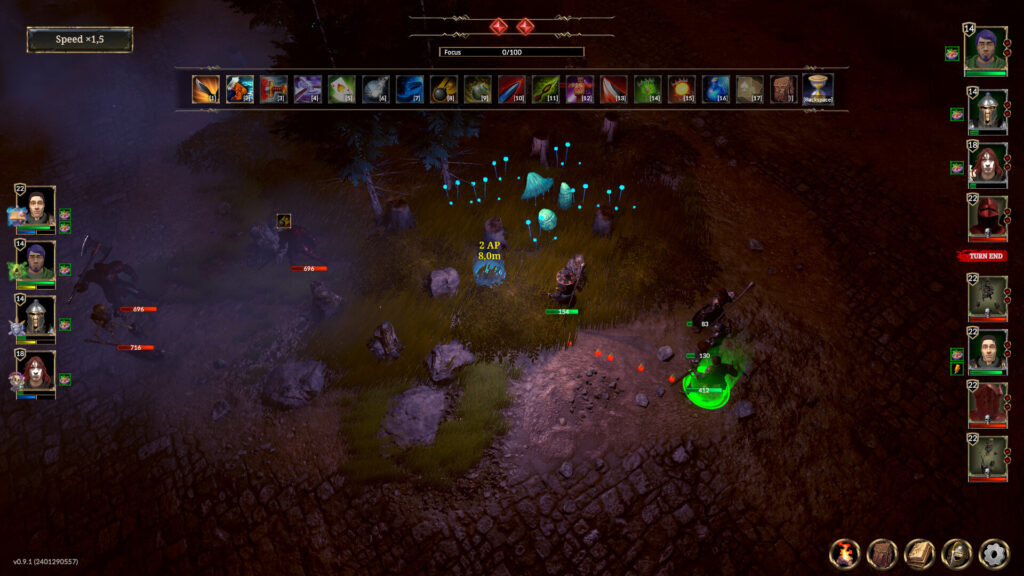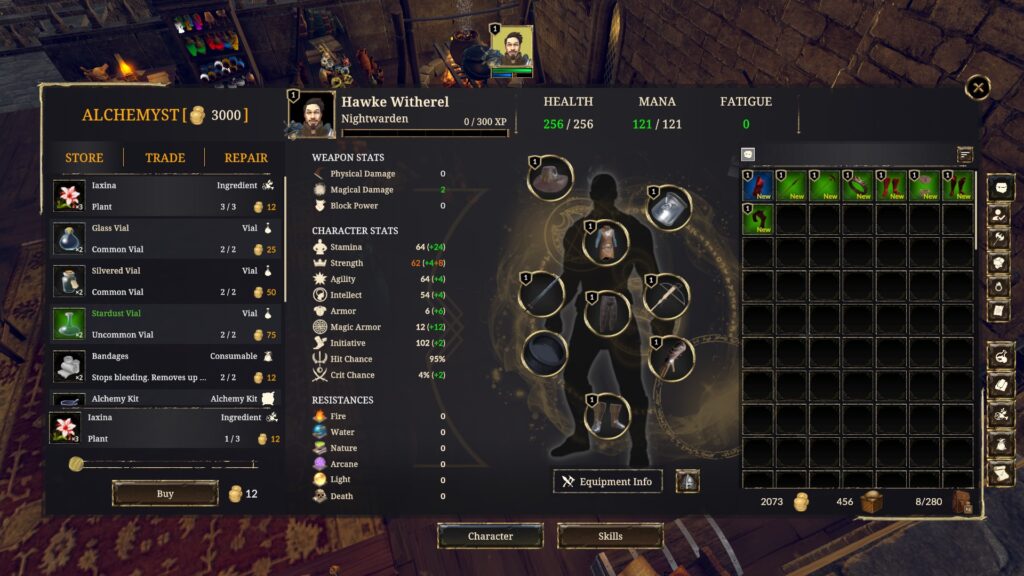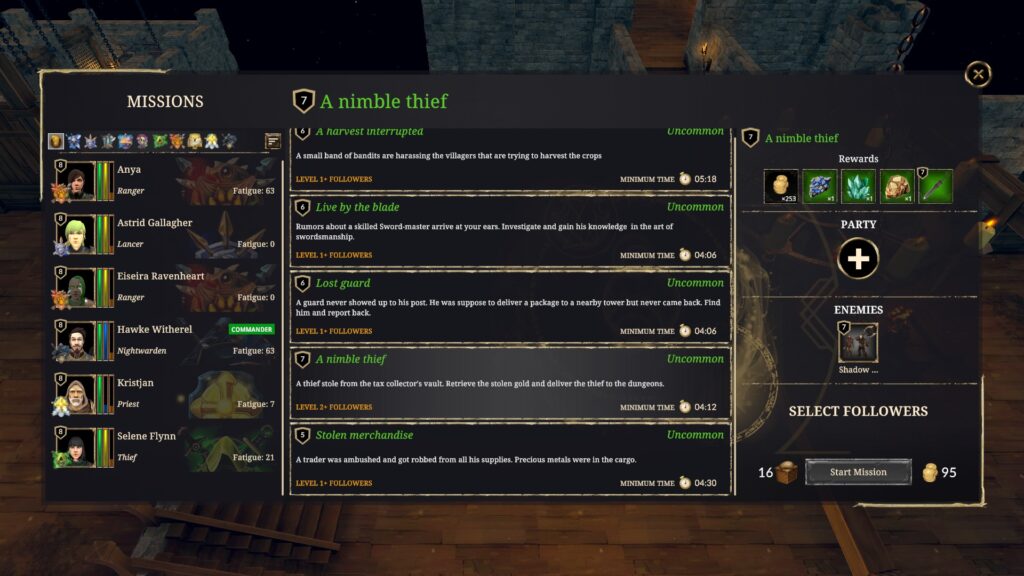Zoria Age of Shattering drags cRPG base and follower management to the modern era
It’s hard to deny that Tactical RPGs are having a bit of a renaissance in recent years, and that — alongside the long hype cycle for Baldur’s Gate 3 — has pulled up the classic cRPG genre. Hopefully this’ll spell a surge of interest in the fantastic Zoria: Age of Shattering which hits a lot of the right notes for both of those genres.
Years of peace are suddenly shattered as a rival nation suddenly draws arms and marches, invigorated, on your homelands. You narrowly survive, somehow, and are subsequently recruited for a seemingly impossible task against a devious and unpredictable foe. That task is to reinforce a redundant, basically abandoned outpost, turning it into a clandestine point for forward operations against the enemies. It’s an interesting proposition, and one clearly manufactured by a team of developers who felt that cRPG base-development and control were under-represented. That, then, is surely why Zoria: Age of Shattering excels in that moment where you have a base of operation you must develop and expand from.
For me, the promise of getting your own area to rule in Baldur’s Gate 2, or capturing a town to operate from in Jagged Alliance, was a phenomenal feeling. I have early memories of turfing the loan sharks out of The Hub in Fallout and using that to store my extra loot and gear — I’ve always been a packrat, looter sort. But often these places have been cheated, or have never really felt anywhere near as momentous as I had hoped. Zoria does a great job of feeling like you have to earn dominance over an area, strengthening your base through fighting back against evil (in this case, invading enemies, ancient evils, bandits, malignant species and aggressive wildlife).
But, how does it hold up outside of that central pillar?

Zoria: Age of Shattering‘s combat is succinct and logical, with a streamlined ability and skills system reminiscent of more modern titles. It also encourages you to mix up your party as each class can trigger different interactions, while other games are fine with you having a stack of druids or barbarians punching your way through the entire campaign.
It’s not all great though, there’s clearly a lot of nostalgia for older games behind this, specifically aRPGs (even if the game is not an aRPG) and that’s evidenced by the sheer amount of dead space you’ll be re-treading as you work your way out of a dungeon or back across the map. I know that I have a short attention span, but quicker travel or transitions are becoming increasingly standard in games these days. Some UI elements and mechanics are simply not explained either, I was speaking to a friend about Zoria: Age of Shattering, and neither of us could remember ever having how to learn recipes explained to us. Similarly, shopping and trading can be very arduous, and while the game has a fantastic crafting system and a massive scope of magical and ‘named’ gear, it’s unwieldly to manage and really cries out for a better comparison (or even auto-best) system.

Returning to the positives though, Zoria’s main maps feel dense with missions, taking a serious amount of time to fully clear through. They also interlink well, reminiscent of BGII or The Witcher III. It makes quest hoovering feel quite exciting, even if things are a bit sparse afterward though.
The real star of the whole thing, though, is the recruiting of characters. It feels fantastic, and as you send out the party members that aren’t with you on quests, and they level up, and help people, and you gain items or progress, it all feels fantastic. I feel like I should have felt heading up the Wardens, or heading up any faction I was leading in any of the dozens upon dozens of RPGs that have put me in that seat of power.

Zoria: Age of Shattering feels like a classic cRPG that maybe got missed, what it does with party and base management is truly outstanding and I’ll probably be talking about it for years to come.
Zoria: Age of Shattering is available now for PC and Linux on Steam.
Comments are closed.